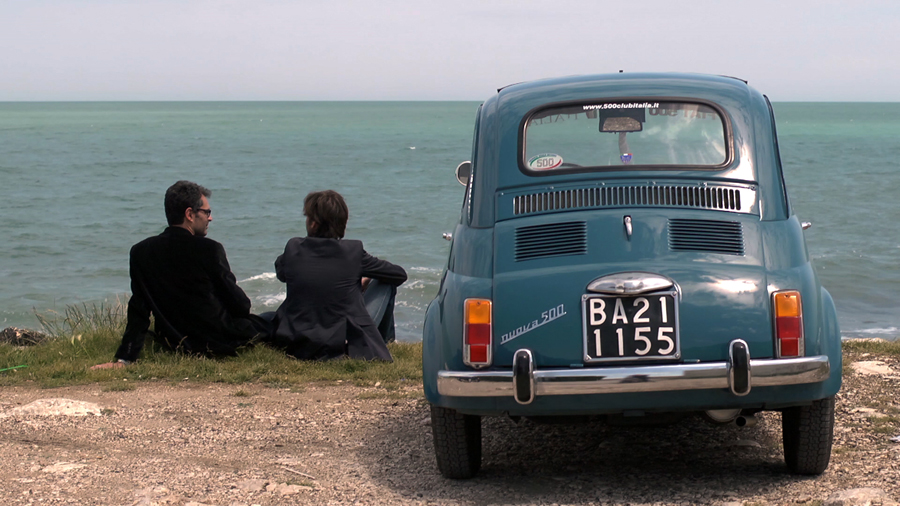“Che te dice la patria?” asked Ernest Hemingway in 1927. The question of what the fatherland—Italy, under the yoke of Mussolini—had to say was, in those years, of seminal importance; doubly so for Hemingway, a man whose first taste of love and death came on the Italian front during WWI. In one of his (unfortunately) lesser-known short stories, Hemingway recounts the end of a ten-day automobile trip he had taken with a journalist friend named Guy Hickok across the north of Italy. Neither the beauty of Raphael and Titian, nor the poetry of Dante, figure here—rather, the pair’s every interaction is marred by the squalor and corruption that fascism has wreaked on Hemingway’s beloved country. All roads lead to Rome, and each is caked in dirt. Reading Hemingway’s pithy account, one develops a palpable sense of disgust—not only with the regime’s lack of scruples, but with the iniquity it fostered throughout the country. Such depth of feeling, however, is not only lacking, but is almost anti-thetical to Gustav Hoffer and Luca Ragazzi’s documentary, Italy: Like it or leave it.
The premise of Italy is simple: Hoffer and Ragazzi are a homosexual couple living in Rome, who learn that they have six months to find another apartment. The more volatile of the two, Hoffer is frustrated with Italy’s corruption, cronyism, and priggish religious traditions. He attempts to convince Ragazzi to move to Berlin, but Ragazzi feels a deep bond with his country and demurs. For the next 70 minutes, the duo drives around Italy, in an attempt to discover its many facets and decide on their course of action; if you will, a “Che te dice la patria de Berlusconi.”
The film’s numerous problems stem from Ragazzi and Hoffer’s desultory approach. The couple drives from one city to the next, seeing the mountains of uncollected waste in mafia-infested Naples, pro-Berlusconi rallies in Milan, and the impoverished immigrant shacks of Rosarno. The transition scenes, however, feature toy cars and quaint animation more fitting to a Discovery channel Eye on Italy special. The narrator, speaking for Ragazzi with elegant British diction, further detracts from the gravity of the situation—rather than communicating the population’s vast frustrations, the disembodied voice gives one a sense of being given a tour of a prim English garden. Italy is not sure where it’s going—while the film can’t decide whether to treat its subject with humour and levity, the country seems to be falling apart under the weight of its bureaucratic glut.
Whether Ragazzi and Hoffer move to Berlin or remain in Italy becomes irrelevant as soon as their indecisive heavy-handedness turns the film into a blend of limp humour and half-formed national criticism. It’s not that the two have nothing to say—Ragazzi and Hoffer simply can’t articulate it. For a tender elegy to Italy’s greatness, the pair should have looked to Hemingway.
Italy: Like It or Leave It opens Feb. 22 at Cinema du Parc (3575 Avenue du Parc). Student tickets $8.50









